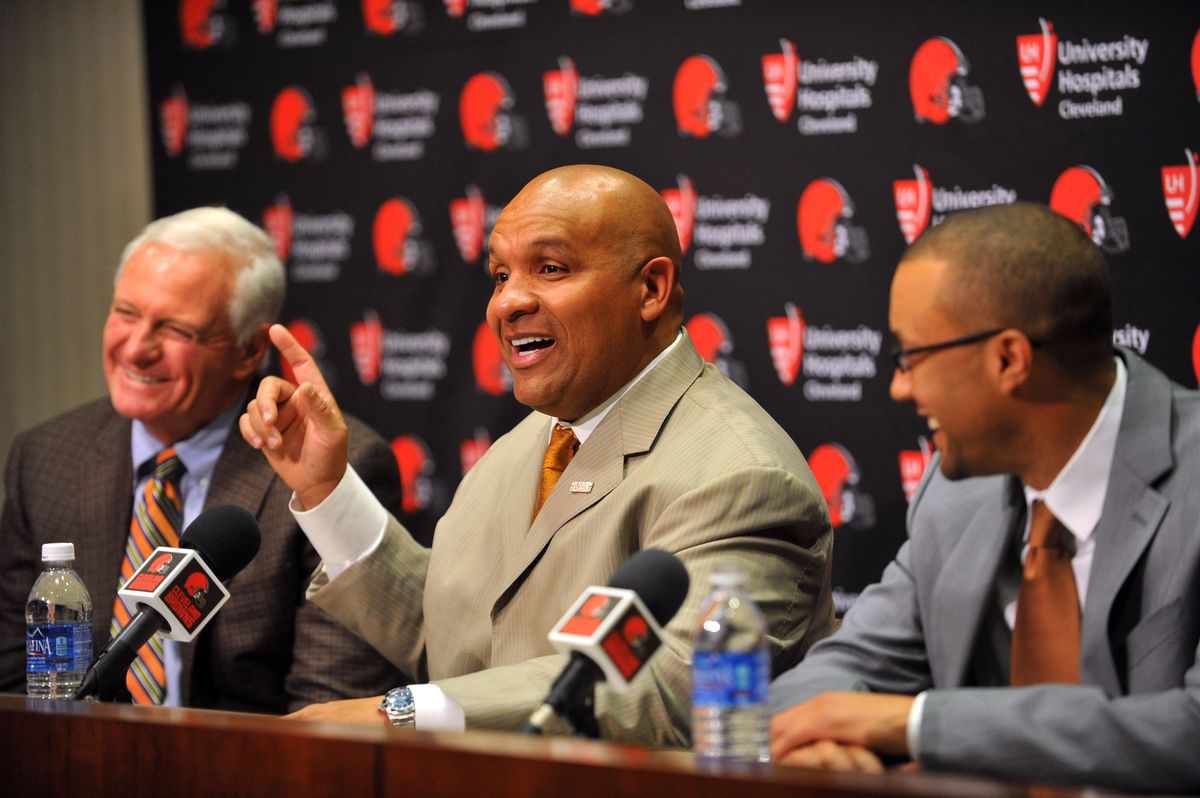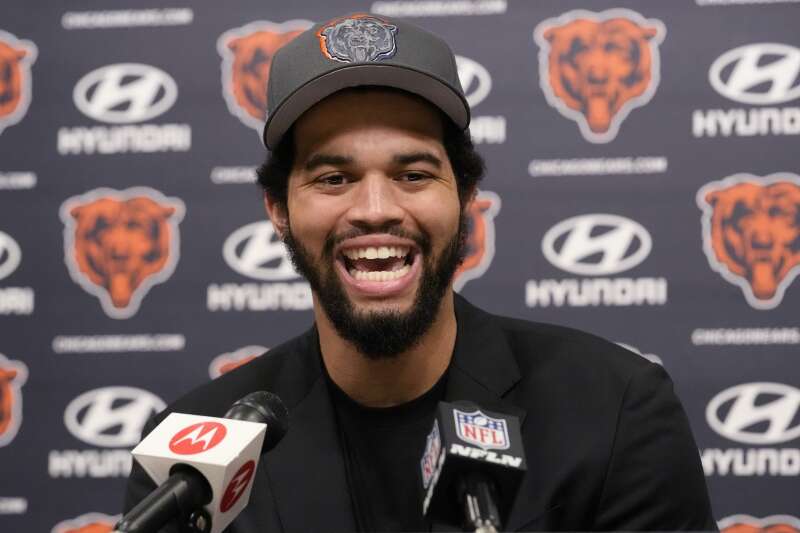
In one of the most stunning developments in recent NFL history, the Detroit Lions have agreed to trade star wide receiver Amon-Ra St. Brown to the division-rival Green Bay Packers. This blockbuster move comes just 23 hours after reports surfaced that St. Brown had formally requested a trade, citing internal disagreements and a desire for a fresh start elsewhere.
According to multiple sources close to the league, the trade is being finalized and is expected to be announced officially within the next 24 hours. The details of the deal are staggering: the Packers will send their 2026 first-round pick, a 2027 fourth-round pick, and multiple seventh-round picks in 2028 to Detroit in exchange for the All-Pro receiver.
This trade immediately shifts the power dynamic in the NFC North. St. Brown, who emerged as one of the league’s most dynamic offensive weapons, brings elite route-running, hands, and toughness to a young Packers offense that is already on the rise. With Jordan Love showing signs of becoming a franchise quarterback, the addition of St. Brown could take Green Bay’s passing attack to a new level.
From Detroit’s perspective, the move is both shocking and controversial. St. Brown was not only the heart of the Lions’ receiving corps but also a locker room leader and fan favorite. Coming off a 2024 season where he hauled in 119 receptions for over 1,400 yards and 10 touchdowns, many believed he was the cornerstone of Detroit’s offense for years to come—especially after the Lions extended him through the 2028 season.
So why make the trade? Sources suggest Detroit was concerned about long-term cap flexibility, especially with several young stars approaching big paydays. Trading St. Brown now, while his value is sky-high, may allow Detroit to reload with premium draft capital. However, the fact that they dealt him to a hated rival will likely leave a bitter taste in the mouths of many Lions fans.
For the Packers, this move signals an aggressive push toward contending for a Super Bowl in the coming seasons. Their front office has been relatively conservative in free agency and trades in recent years, but the acquisition of St. Brown shows a shift in philosophy—one focused on maximizing the prime years of Jordan Love and capitalizing on a wide-open NFC.
This trade will be dissected for years to come, both for its on-field implications and for what it says about the evolving strategies of NFL front offices. Whether the Lions’ gamble to stockpile picks pays off, or whether Green Bay just landed the final piece of their offensive puzzle, one thing is clear: this trade will be remembered as one of the boldest in NFL history.
Stay tuned as more details emerge, including potential press conferences, player reactions, and a breakdown of how this affects the rest of the NFC North.


